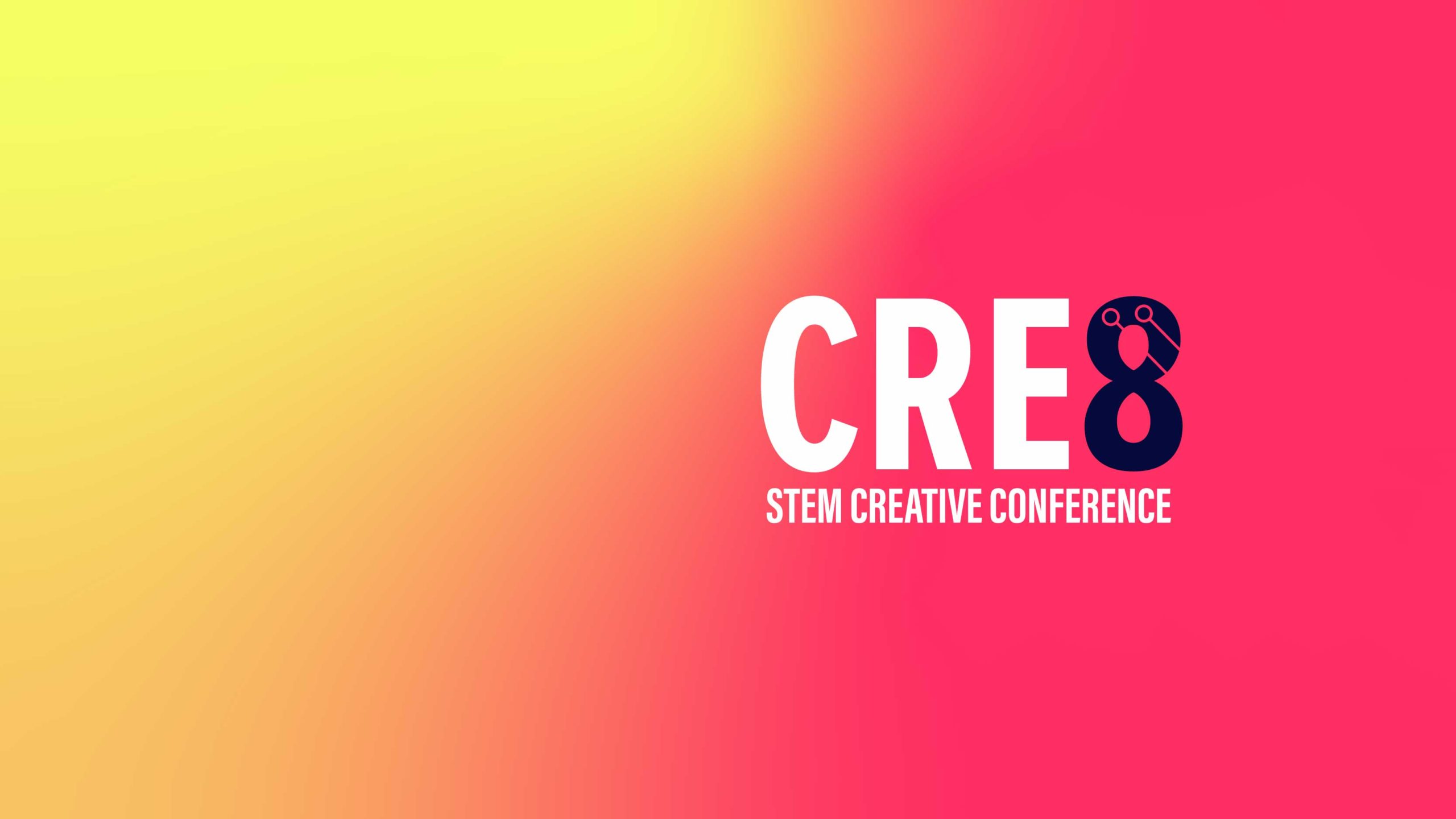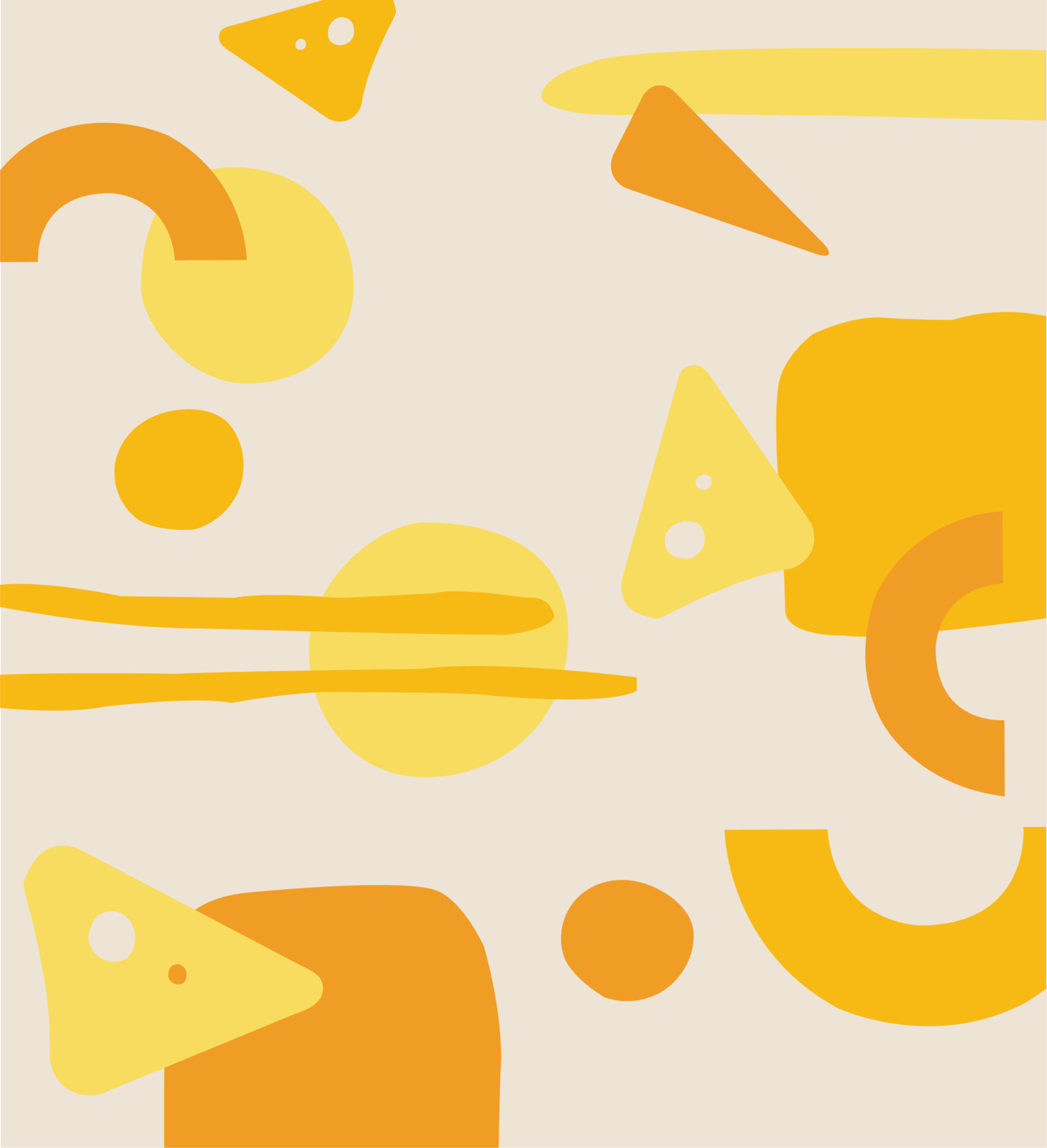CRE8: STEM Creative Conference

The Problem
There is a disconnect in education between STEM students and creativity.
How can college STEM Majors better adopt the creative problem-solving process in a way that can impact their work?
Success Statement
Creativity is an under-taught asset in STEM education, but it’s crucial to stand out in the professional world. By providing STEM students and teachers with an outside activity away from grades and evaluations, students will be able to lean into the process and learn just how much creativity can benefit their career.
Target Audience
STEM Majors at Miami University
Research
For my research, I looked at case studies and sent out a survey as well as conducted empathetic interviews. What I used to create my questions in my survey is a case study titled “Exploration of student’s creativity by integrating STEM knowledge into creative products” by Tantri Mayasari, Asep Kadarohman, Dadi Rusdiana, and Ida Kaniawati. It shows a group of students that were posed with a challenge to use their STEM knowledge to find a creative solution for a problem they were given. This case study illuminated how when students are told to be creative they were significantly more creative. Proving that STEM students can be creative if the criteria recommends it.
In my survey I asked questions about the design process and whether or not STEM students thought of themselves as creative. These are some of the questions I asked:
Are you taught the desing process in your classes?
- 25.6% NO
- 27.9% KIND OF
- 46.5% YES
If yes, do you think you have a good understanding of the design process?
- 23.3% I wasn’t taught the design process
- 7% NO
- 69.8% YES
Do you describe yourself as creative?
- 7% NO
- 34.9% KIND OF
- 58.1% YES
Do you think creativity can be applicable to your work?
- 93% YES
93% of them said that creativity was applicable to their work which is great which leaves a lot of room for solutions, but only 58.1% describe themselves as creative. I used the survey results to also shape my interviews and if they think that creativity is applicable to their work why aren’t they being creative?
I interviewed the professor of Creativity in Entrepreneurship, Jim Friedman at Miami University. His whole goal is creativity integration in school. I also interviewed students and professors of the STEM programs here at Miami.
Friedman explained that the lack of creativity in STEM can be tracked back to grade school when they weren’t taught how to deal with ambiguity. They were only taught to get the right answer and this was also reflected in my student interviews
When I interviewed students, they were saying that they find themselves creative but they aren’t put in situations or given projects where their creativity is measured or graded. One of them said she was the only one who pulled out sticky notes when asked to brainstorm a solution. They are only graded on finding the answer, not creativity.
I decided to talk to STEM professors to get a look at how they prioritize creativity. A lot of them had really great things to say and were very pro creativity, but they did admit that it was under-taught. They also talked about how students have trouble seeing the big picture, and big picture thinking is a trait of creatives. The professors were putting them in ambiguous situations but not giving them tools and techniques on how to navigate it.
Through these interviews and the survey my conclusions were that some students see themselves as creative but are not graded to measure it, therefore don’t use it, instead, they find the first right answer. This leads me to believe that students may be found to be more creative if they are told to because most students think creativity is applicable to their work.
There is a connection STEM students want to be creative, the real problem is that STEM professors don’t have the time or the tools to teach creativity effectively, which causes confusion to the STEM students and doesn’t allow them to be comfortable with being creative, they want to be safe.
Design Process
After a lot of converging on what the core problem was, I decided that my goal would be “to foster creative confidence in students to strengthen their creativity to prepare them for the real world”. This goal would drive my initial brainstorming until I found a solution that would solve the problem. I used a plethora of ideation tools and converged on what would have the biggest impact.
While the first right answer to this solution would be to add a class to their curriculum, I wanted to emphasize the applicability of creativity to their careers.
Design Solution

My solution is CRE8, a creativity conference for STEM students that takes place in the Engineering Building on Miami’s campus every spring.
It is organized by a student team with faculty advisors who will reach out to different professionals and creative thought leaders to attend and provide activities. STEM students have to go to a certain number of seminars or workshops for a course credit, but they are free to go to everything.

After applying for the conference online, a student would enter the building and be handed a box. This box is full of all of the necessary tools to help them through their workshops. There is a notebook, Sticky Notes, and a Sharpie. It would also include a few branded items like stickers.


They would also be given a program and an ID card with their name and major on it. This is for professionals (and other students) so that they can communicate more effectively during the workshops and when they are networking.
A student would then attend their first seminars and workshops. They would be pushed out of their comfort zone and challenged with new techniques and abilities to handle ambiguous situations as well as different ways to solve problems in the professional world.


A workshop, like “Dealing with Ambiguity” would be run by a professional and it would have a quick overview of a tool. Then the student would be put on a team (very rarely alone) to solve a challenge with the tool they learn. This workshop would specifically be targeted at helping students feel comfortable in ambiguous situations. They would also be able to go to a networking event at the end of the second day, and on the third day would be senior design presentations, which allows more incentive for students to go every day.

“Am I Creative?” is an example of a seminar a professional would give. The student would just sit in the audience to take notes during these seminars but they would be able to ask questions. These types of events would primarily be philosophical or professional development skills that they can practice later outside of the conference. I have also made some signage that would be put up around Miami’s campus to spread the word.
From my interviews with STEM majors, I found that they want to be creative, they just don’t have the ability to do so, These workshops and seminars are a way for students to learn in a risk-free environment to test their new skills and later apply them to their work and career. And this conference will be different every year because creativity is constantly changing in the educational and professional world, STEM majors would benefit from them each year of their college career, and hopefully, find a job because of it.

